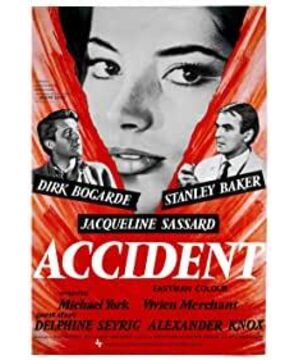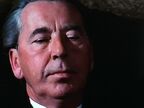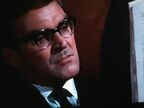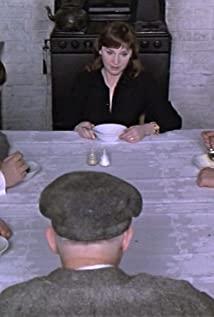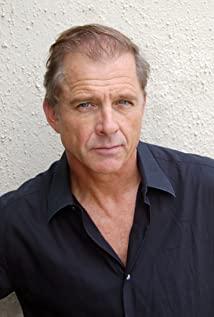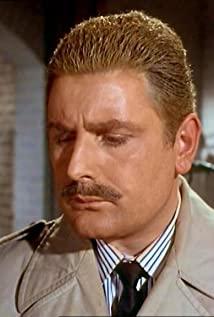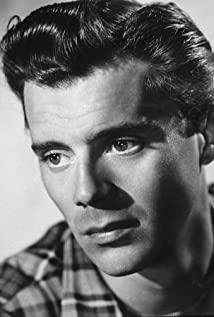The script is still written by Harold Pinter (Pinter himself also played a small role in the film), and the flashback is a typical Pinter style. The linear narrative has been unable to meet his requirements. After the car accident in the opening scene, the whole film has completely entered the style of static sketching. The photography shot by the famous Gerry Fisher is thick and quiet, but the violence in it can be deeply felt between the shots, such as the opening shot of the big house. Outside the long shot, there was a sudden crash. In a scene, after the characters have left the screen, there are always landscape-like empty shots of different lengths behind them, which vaguely reveal how insignificant the protagonists with ulterior motives are in front of nature. The lines in the whole movie are quite refined. Pinter said in an interview that everything in the movie is buried deep in the ground, the movie is introspective, the dialogue is small and meaningless, and the dramatic tension is completely hidden in the hearts of the characters. The typical Pinter-style clean lines give the audience enough space to explore the tension between the characters. The communication between the characters in the film is poor and futile, but beneath the surface is a complex web of desire and emotion. Rossi was very obsessed with Alain Resnais's works during this period (so it's not surprising to see Delphine Seyrig's cameo in the movie), and the characters in Accident were also symbolized by Resnais. There is no drama at all, and the information is buried in the plot lines that are not clear.
Even so, Dirk Bogarde's performance is as good as ever. This is his fourth and final collaboration with Joseph Rossi. As always, Dirk Bogarde's sense of proportion in the role is really commendable, British-style thoroughness and harmony. The sense of proportion is now even more precious.
View more about Accident reviews


